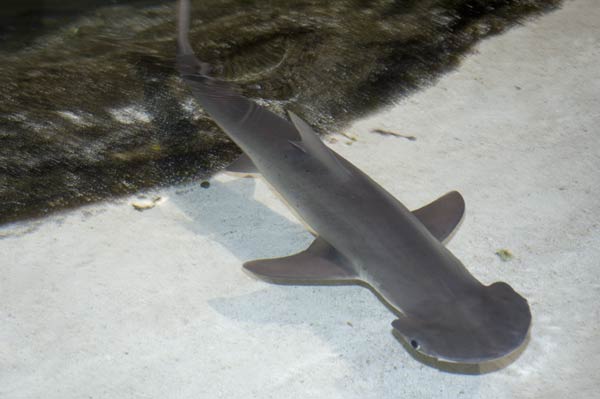


As per usual we caught a lot of sharpnose and bonnethead sharks. One of the coolest things we caught this week though was an 8 ft. male nurse shark.
A funny thing happened though. Although we all knew he was a male, due to the fact that he was a nurse shark, every single one of us called him "her" while she was on the boat.

Here you can see part of the long line that he was on.

Nurse sharks are cool because they're one of the few sharks that have the ability to not move and still be able to breathe. Most often you'll see them sitting on the bottom.
They also have an inferior mouth, meaning that it's located on the underside of their body. This is because they eat other organisms that hang out on the bottom like crustaceans, other invertebrates, and bottom dwelling fish.

He was super fat. When we rolled him over his belly jiggled.

The yellow string looking thing coming off the base of his dorsal fin is a tag we put on him. Also, the reason he's bleeding a little bit right behind where I'm sitting is where we took a biopsy. Unfortunately for the bigger sharks a biopsy punch doesn't work because their skin is far too thick, so we usually have to cut a little chunk out.







